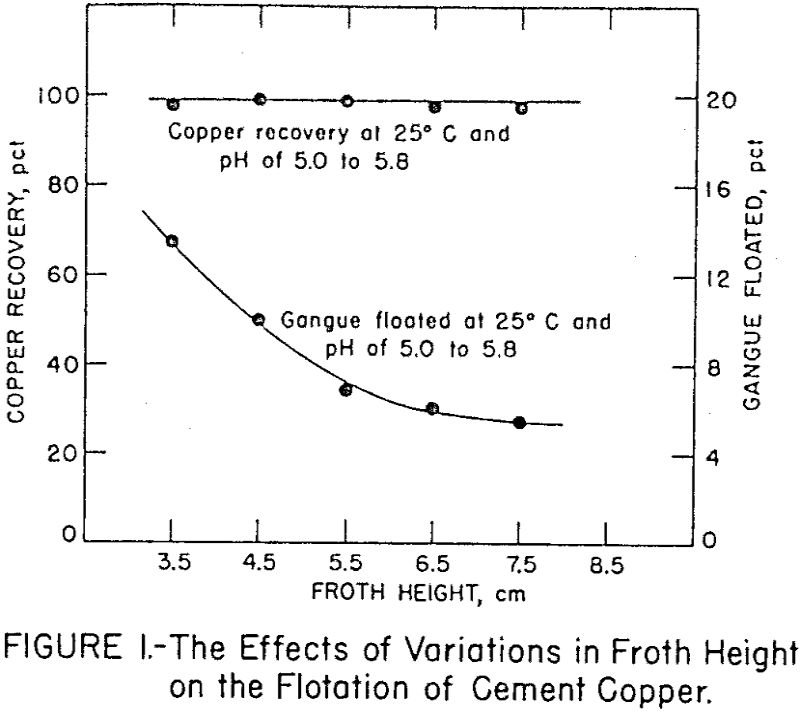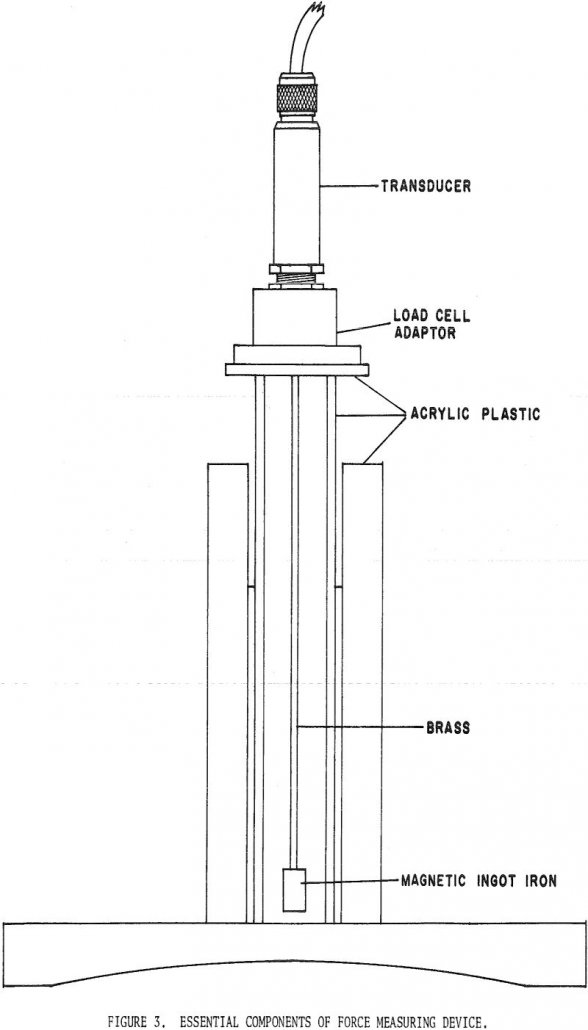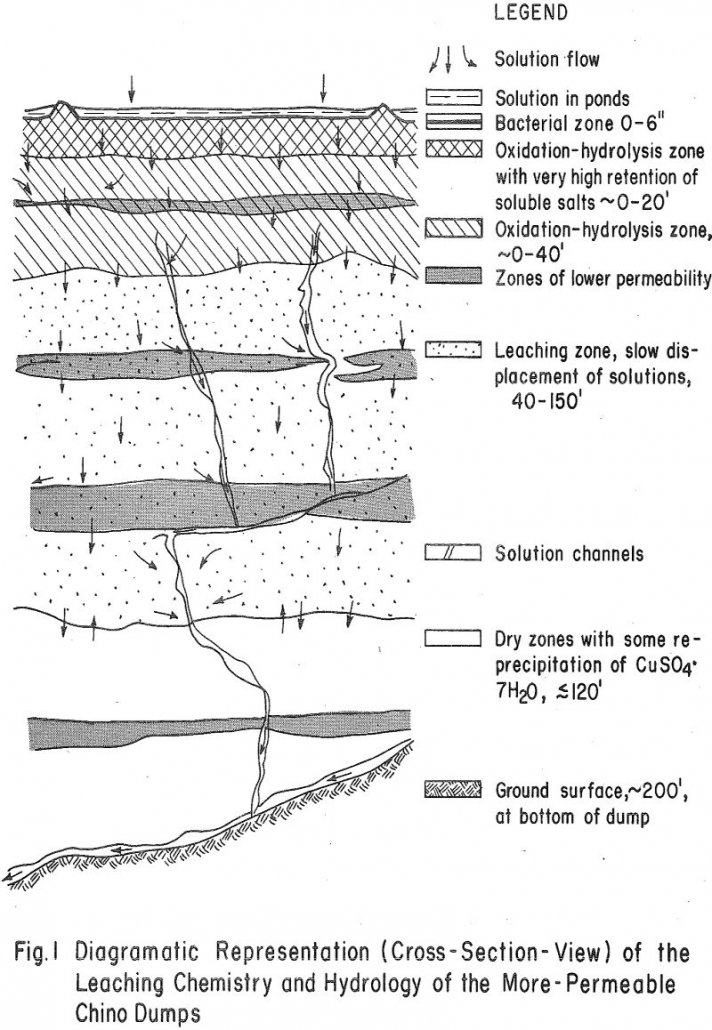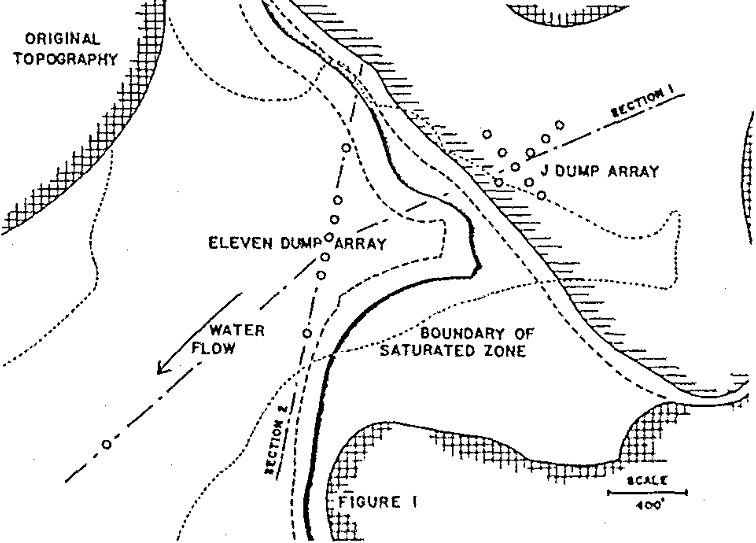How to Refine Copper Cement

Cement copper production in the United States has increased during the past few years, principally because more submill-grade material from open-pit operations is being leached in waste dumps. Since 1960, the cement copper annual growth rate has been about twice the rate for primary copper. If this trend continues, annual production of copper from cement […]
How to Recover Elemental Sulfur from Ores by Solvent Extraction

Considerable amounts of the world’s known reserves of elemental sulfur are found near the surface in areas of volcanic activity both active and inactive. Because such deposits cannot in general be mined by the well-known Frasch process, and because other methods of recovery have not proven to be economically competitive except in isolated instances, at […]
Multi-Stage Flash Evaporation System for the Purification of Acid Mine Drainage
In January of 1964, the Board commenced a vigorous program using appropriated funds and funds donated by the coal industry to finance a research program devoted to seeking solutions to the mine drainage problem. A review of published literature on the treatment of mine drainage indicated that much work done up to that point in […]
Mine Ventilation

The language concerning ventilation in many sections of the Act could very well deprive or limit the mining engineer in planning the ventilation for new mines, since the Act requires federal approval of all ventilation plans. Dependent upon approval and of course application of the law, this could, due to economics, prohibit the opening of […]
Microbiological Leaching
Bacterial attack of sulfide minerals has been going on for centuries but only recently was it discovered that the acid and iron often found in coal mine drainage is produced by bacterial action on the iron sulfides in the coals. Not until 1950 was it proven that bacteria were playing a role in the dump […]
Method of Evaluating Magnetic Separator Force Patterns

One of the problems facing both the designer and the user of magnetic separators is the evaluation of the body forces acting on particles in the magnetic field of the separator. Perhaps the most elegant method of evaluating the body force associated with a drum-type magnetic separator. Once the coefficients of the series are known, […]
LIX-64N A Progress Report on the Liquid Ion Exchange
In late 1965 General Mills announced the availability of a new liquid ion exchange reagent LIX-64, for the recovery of copper from various solutions, such as dump leach liquors. Acceptance of this material by the copper industry has been gratifying. A number of pilot plants have been operated, and at this writing there are four […]
Limestone Treatment of Acid Mine Drainage

The occurrence of acid mine drainage (AMD) with coal mining has been well documented. Less documentation is available of its association with other types of mining, e.g., copper, gold, zinc, and sulfur. Yet there are many locations in the western states where acid mine drainage is as great a pollution problem as in Appalachia and […]
Impermeable Dump Leaching Chemistry

A series of tests were run on fresh Becker drill samples from a drill hole in Kennecott’s Chino “J” dump, near Silver City, New Mexico, to obtain data on the leaching chemistry of a relatively impermeable sulfide copper waste dump. Vertical profiles were made of the moisture and soluble-salt content; the content of Fe+³, Fe+², […]
Selection of a Leach Dump Test Area

Leaching of waste material at Kennecott’s Chino Mines Division at Santa Rita, New Mexico, has been accompanied by increasing difficulty in circulating leach solutions through the dumps. As a means of recognizing existing problems and considering alternative applications of the leaching concept, a leaching research program was proposed which could be applied to a specific, […]
